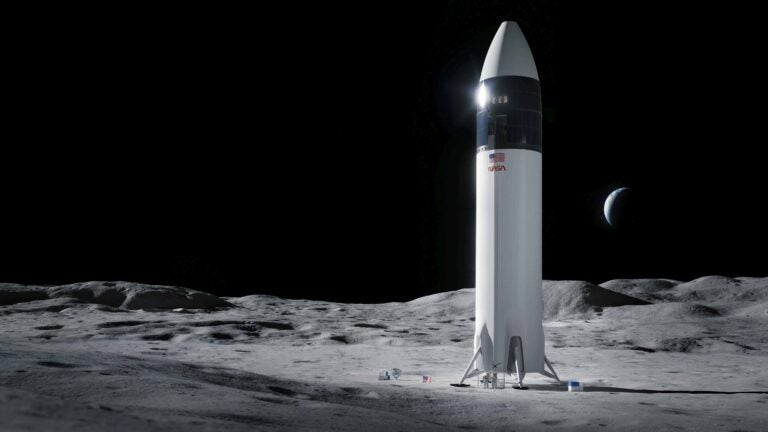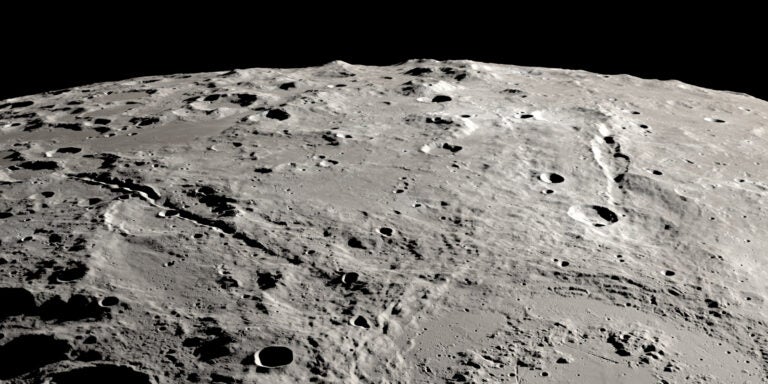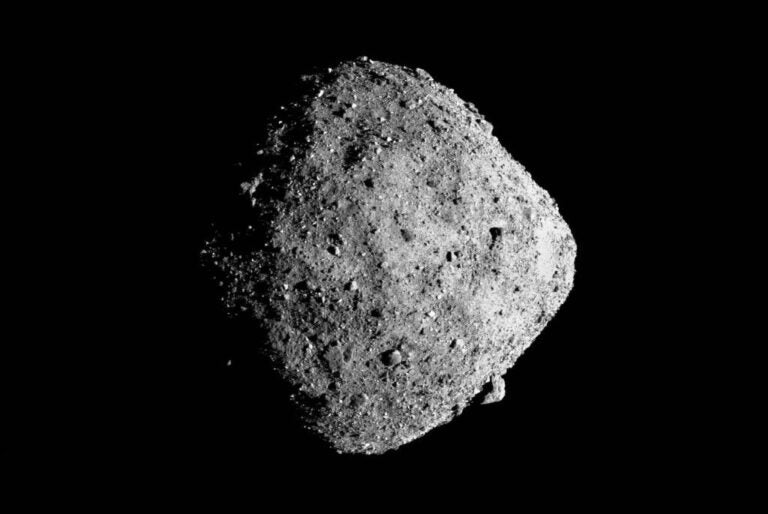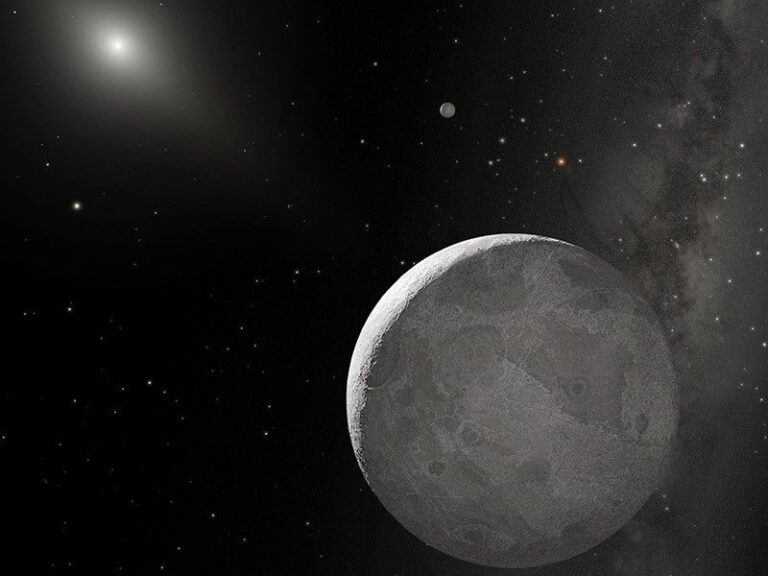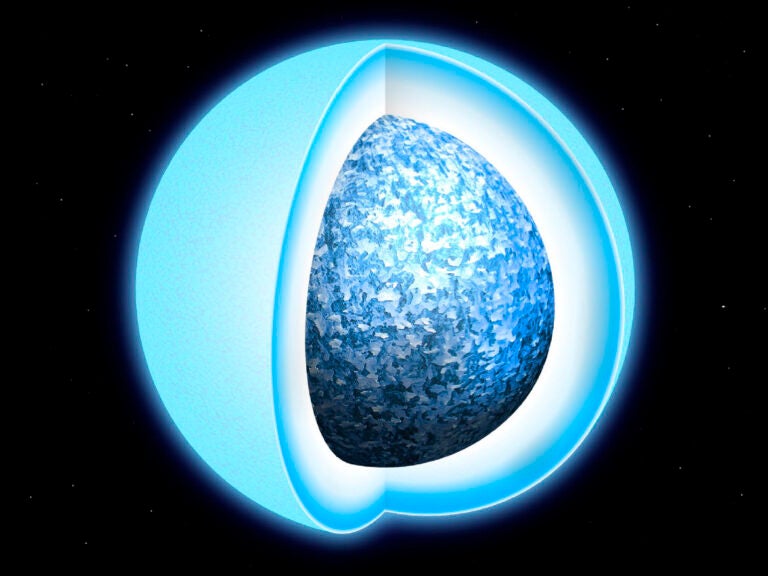Early planetary systems are violent, but eventually they settle down, giving planets the chance to stabilize and, in some cases, life a chance to emerge. But new research shows that some established stars have more collisions than anticipated, suggesting ongoing violence that could mean bad news for the survival of life around other stars.
After a star forms, planets rise from the disk of dust and debris around it. When worlds collide, they produce excessive light in the infrared. Within about a few hundred million years, most of the debris is gone, consumed by growing planets or cast out of the system completely. Astronomers have detected signs of the worlds wrangling with one another during their violent youth.
“Since most collisions around other stars were found around 100 million years, the interpretation was that it was at the very end of planet formation, as planetary collisions,” said Christopher Theissen, a graduate student at Boston University. After that, the planets should settle into stable orbits until their stars change things up.
In some cases, however, things don’t settle down as the stars get older. Theissen studied cool red dwarf stars, the dim objects that make up more than 75 percent of the Milky Way galaxy, searching for extremely bright infrared light. Along with young stars lighting up their debris disk, he also found hundreds of stars with bright signals long after their disks were gone.
“We are seeing tons of energy in the infrared, even more than we expected to see from a disk,” he said.
The bright bursts suggest that planets continue colliding long after the disk is gone and the worlds should be stable. Theissen presented the research during a poster session at the American Astronomical Society summer meeting in San Diego, California.
The long lifetime of red dwarfs, along with the fact that they make up most of the stars in the galaxy, have led some scientists to propose that they could host potentially habitable exoplanets, despite the large flares that dose their worlds with radiation. Once the planets settle into stable orbits, they should last for ages. But if the planets continue to spar with one another, crashing and colliding past their violent youth, their potential habitability may be more questionable.
The collisions Theissen identified weren’t asteroids scraping a world, like the one that played a role in the extinction of the dinosaurs. He compared them instead to the crash that formed Earth’s moon. Early in Earth’s lifetime, it collided with a Mars-sized object, liquefying Earth’s crust and causing the two objects to trade their lighter ingredients. Collisions like these would wipe out life anywhere on the planet.
Spotting a single event like this around a random star would be “super lucky”, Theissen said.
He relied instead on an incredibly large sample size. To find mature stars with signs of planetary warfare, Theissen searched through a catalog of 9 million stars from the Sloan Digital Sky Survey. He pulled out approximately 185,000 objects with an intriguing infrared signal. Infrared light from most of the parent stars fell in the expected range, but 370 were brighter than anticipated, suggesting that their planets fought on long after they hit maturity. Less than a tenth of a percent of the stars showed signs of colliding planets during the observations, but they suggest other collisions may occur throughout the life of the dim young stars.
Theissen isn’t sure why planets around some red dwarfs seem to be fighting past their early years, but it isn’t a good sign for anyone hoping to spot life around the dim stars. His next step is to simulate collisions around red dwarfs to find out how often worlds assault one another, then compare that to his current findings. At the same time, upcoming instruments like NASA’s James Webb Telescope can definitively rule out the possibility that the brightness comes from background galaxies, a possible concern.
Follow Nola Taylor Redd on Twitter @NolaTRedd or Google+.


